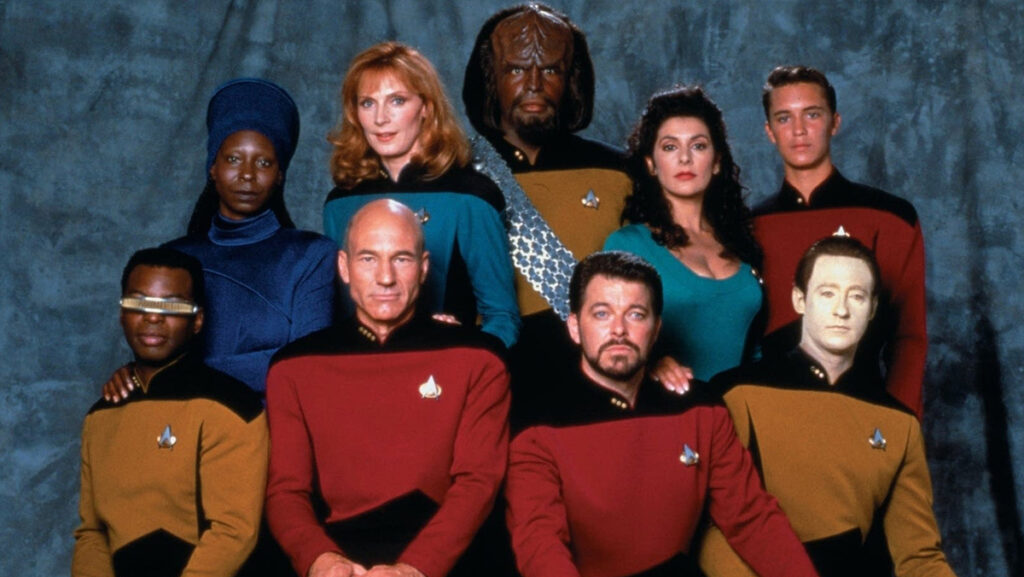
On October 11, 2021, Dr. José-Antonio Orosco, a professor of Philosophy at Oregon State University presented “To Boldly Go: Why Scientists and Social Justice Warriors Need Star Trek.” Dr. Orosco sees Star Trek as a valuable tool to approach the world’s issues, particularly as we are in a time where people are uncertain about what our future will look like. Much of this worry and uncertainty stems from society’s overuse of dystopian stories and images in media and entertainment. Through these platforms, dystopian images are depicted as the culmination of crises and social problems, ultimately resulting in a grim future for humanity. Because these sources have a profound impact on how people establish their relation to the world and the future, we should be careful in how we depict our problems, as it can leave people feeling hopeless rather than motivated to fight for change.
Throughout his presentation, Dr. Orosco frequently referred to a survey conducted to assess young people’s (ages 16 to 25) confidence in the future, which suggested an overall lack of hope from this group. From this survey, it was found that about 75% of young people agree that the future is frightening, while 56% of these people also believe that humanity is doomed. Additional concerns were with the government’s commitment to protecting its people, the environment, and future generations. As someone who falls in this age range at 21 years old, I find myself sharing similar despair about what our future holds. I feel as though much of society relies on younger generations to solve today’s problems, but do we have enough time to fix the issues that have come before us?
With more than half of the young people in the United States pessimistic about their ability to make a difference, Dr. Orosco recognizes that adjusting the types of images frequently portrayed in media and entertainment can help younger generations find hope for the future. Specifically, Dr. Orosco sees this as transitioning away from the infatuation with dystopian imagery and toward incorporating positive tools of science fiction utopias into how we frame our worlds. Admittedly, Dr. Orosco does not argue against the effectiveness of dystopian imagery in inciting social change. Still, dystopian stories contain significant power and therefore have the potential to negatively radicalize people in ways that cannot be contained. Thus, Dr. Orosco highlights the benefits of using utopian images in encouraging young people to be invested in positive change. The society in Star Trek represents an ideal future in which there are no problems, as humans have learned to overcome the evils that confronted them.
Dr. Orosco points out several aspects from Star Trek that can aid in bettering our world. First, Star Trek offers hopes for social, scientific, technological, and moral progress, which also serve as a representation of the capacities of human beings to build utopias from dystopias. Further, Star Trek also challenges us to think about what it takes to build a multiracial and overall inclusive society. Today, much of our potential for progress is inhibited by systemic oppressions that limit our ability to make lasting changes in the social, scientific, and moral realms. By first addressing our own social and moral flaws that permit oppression within our societies, we can then begin to address our relationships with the natural world and our additional oppressions of the environment.
Overall, Star Trek provides a framework of hope, where today’s society can find models for social, moral, scientific, and technological progress. Dr. Orosco challenges us to look more positively at the future and not let our efforts of activism get bogged down by despair. Though I tend to be pessimistic about humanity’s future, I appreciated Dr. Orosco’s call to not lose all hope.
